In the late 1980s and early ’90s, an NHL team saw a chance to exploit what it identified as a major opportunity that existed outside of the generally accepted process of player procurement.
That team, willing to roll the dice on a new vein of talent that was starting to trickle its way into the league, drafted three players during that time – and added one other through a shrewd trade – that would form part of the backbone of a Stanley Cup champion. A member of the quartet even went on to enshrinement in the Hall of Fame.
The Detroit Red Wings? Well yes … they were the pioneers. The team being described here, however, is the New York Rangers, whose own early foray into the post-Soviet Union pipeline to North America played an outsized role in their breaking of a 54-year Cup drought.
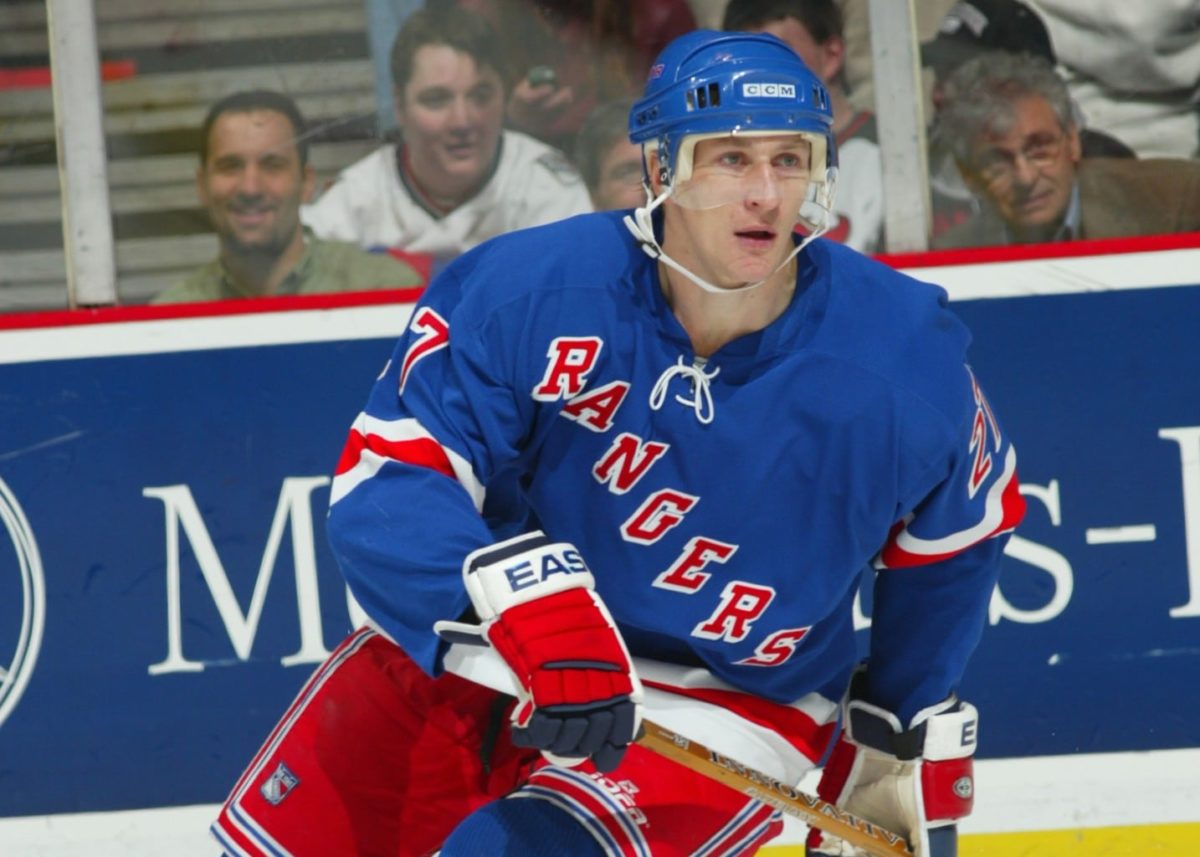
The Red Wings’ tremendous success in adding Sergei Fedorov, Slava Kozlov, Vladimir Konstantinov, Slava Fetisov and Igor Larionov, the “Russian Five,” yielded Stanley Cups in 1997, 1998 and 2002. Yet it’s worth remembering that the Rangers’ Russian focus delivered a championship earlier than Detroit’s did.
The Blueshirts’ prosperity in an area explored first by the Wings wasn’t a coincidence. Rather, it was due solely to the common thread between the two clubs: Neil Smith.
Smith Carried Red Wings’ New-Age Philosophy to Rangers
Before Smith became the first Rangers general manager in 54 years to preside over a Stanley Cup championship season (he retains that distinction, now at 82 years), he served as the Red Wings’ director of amateur scouting in the late 1980s. That, Smith said two years ago, is how he views his legacy in the game.
“I don’t want to be remembered as just a GM who signed free agents or made trades … I was a scout,” he said. “I want to be remembered for finding Nicklas Lidstrom, keeping it quiet and drafting him in the third round.”
Yes, it’s true. Smith played an integral role in the selection of the little-known Swedish prospect Lidstrom in 1989, who the Red Wings grabbed with the 53rd overall pick before he went on to become perhaps the greatest defenseman in NHL history. Smith, of course, wasn’t a maverick within the Detroit front office – he was executing the organization’s cutting-edge strategy that would set the stage for a Red Wings run of championships that would last decades.
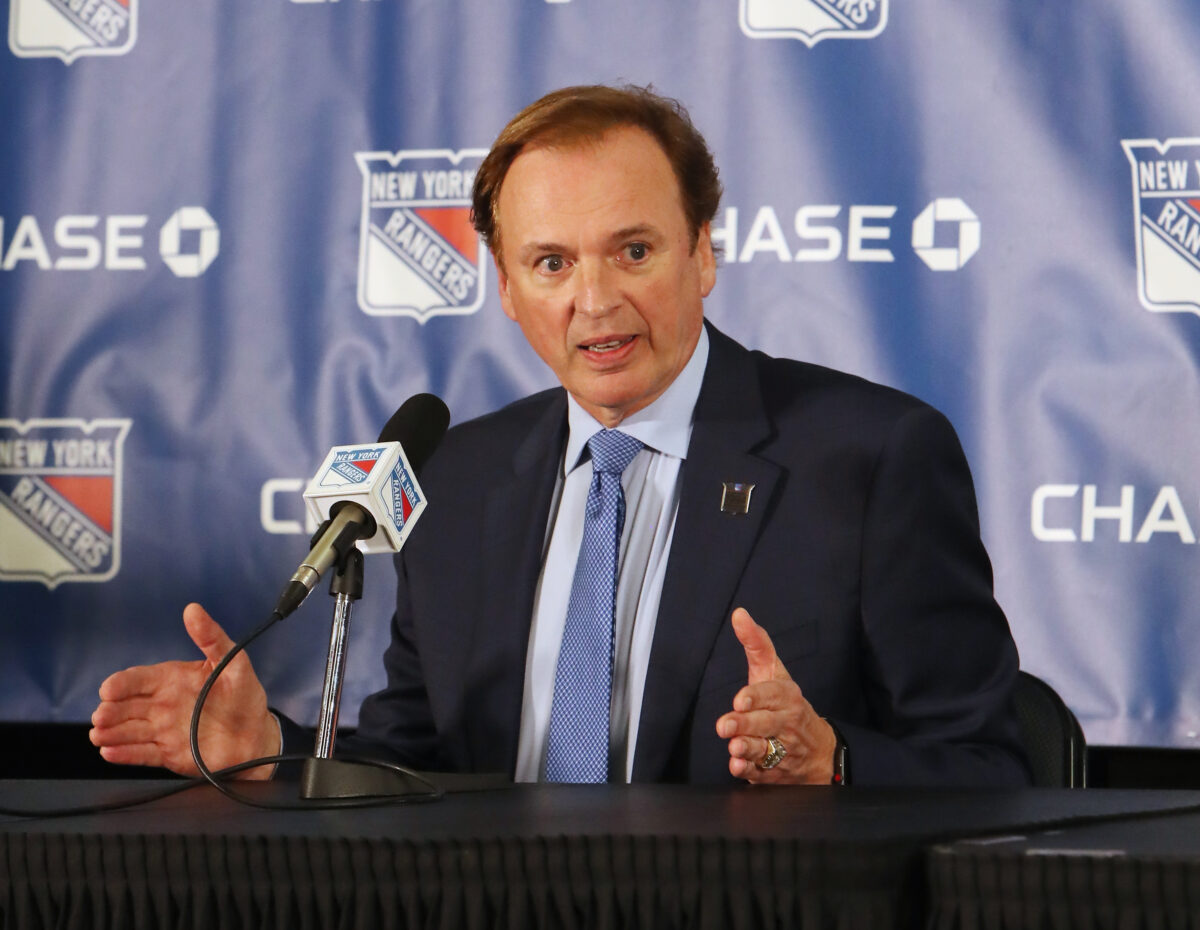
That plan, which Smith helped to guide along with then-GM Jim Devellano, was to tap into unknown and (perhaps most importantly) unappreciated pools of talent. One of the biggest was Russian stars, who were beginning to gain their freedom to play in North America as the Iron Curtain crumbled.
That approach only yielded some of the greatest value draft picks in league history: Fedorov in the fourth round of that fateful 1989 draft, giving the Red Wings back-to-back Hall of Fame selections in those rounds. Konstantinov in the 11th round, same year. Kozlov was taken in the third round in 1990 as the Wings added a spectacular glut of world-class talent that few, if any, teams had any real interest in at the time.
Not surprisingly, upon being hired by the Rangers as GM in 1989, Smith brought that philosophy of prospect acquisition with him. He wasted little time in implementing it: In that 1990 draft, his first for the Blueshirts, he took a puck-moving defenseman named Sergei Zubov in the fifth round, and another Russian, forward Sergei Nemchinov, in the 12th – 244th overall.
You may also like:
- 3 Keys to the Rangers Winning Games 3 & 4 in Washington
- 3 Most Underrated Rookies From the 2023-24 NHL Season
- Rangers Hold Off Capitals to Take Game 2
- Projected Lineups for the Capitals vs Rangers – Game 2
- 3 Rangers Who Need to up Their Game as the Playoffs Go Along
The next year, Smith selected 18-year-old forward Alexei Kovalev 15th overall. In Sep. 1993, he acquired 6-foot-2, 200-pound defenseman Alexander Karpovtsev – who had been drafted in the eighth round in 1990 by the Quebec Nordiques – for middling defender Mike Hurlbut.
The results of those four moves? Not too bad. Zubov led the Rangers with 89 points in their championship season, and after an ill-fated trade after the 1995 season, went on to a Hall of Fame career. Kovalev, though he never established himself as a star in New York (doing so elsewhere, as he compiled 1,029 career points), delivered a huge postseason in 1994 and scored the critical goal in Game 6 of the Eastern Conference Final against the New Jersey Devils that jump-started the Blueshirts’ comeback.
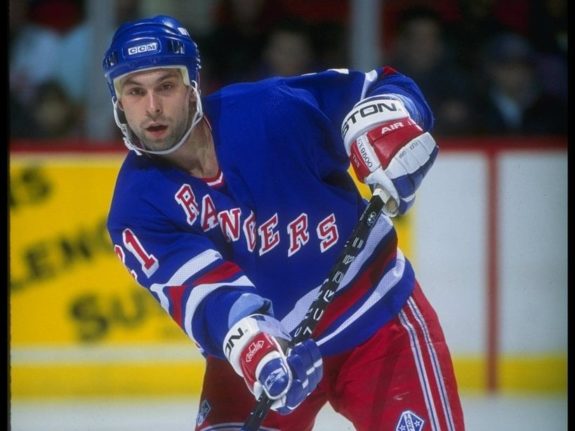
Nemchinov was an outstanding two-way forward who had 22 goals and 27 assists in 1993-94, and totaled 161 points and a plus-47 rating in his first three seasons in New York. Karpovtsev was a steady, physical presence on the Rangers’ third defense pair that season, playing 67 games and recording three goals, 15 assists and a plus-12 mark in the Stanley Cup season. In fact, he would lead the NHL at plus-39 in 1998-99, the season in which he was traded to the Toronto Maple Leafs.
Russian Rangers’ Championship Contributions Live in Sports Lore
Mark Messier, Brian Leetch, Adam Graves and Mike Richter are generally the first players that come to mind when discussing the Rangers’ run to a long-awaited Stanley Cup during that magical spring and early summer of 1994. The contributions of four previously unheralded ex-Soviet players, though, were critical. The Blueshirts don’t win that championship without them.
“Go get underrated Europeans, don’t take chances on North Americans,” Smith said several years ago about the strategy at the time. “It’s not a work of genius even though everybody talks about it as it is.”
Zubov, Kovalev, Nemchinov and Karpovtsev became the first Russians to have their names engraved on the Stanley Cup. Considering the outsized role that the former Soviet players took on during the Cup run, the honor was well-deserved – and went a long way toward dispelling the notion that Russians in the NHL were a novelty act of sorts, perhaps unequipped to contribute in meaningful ways to a contending team.
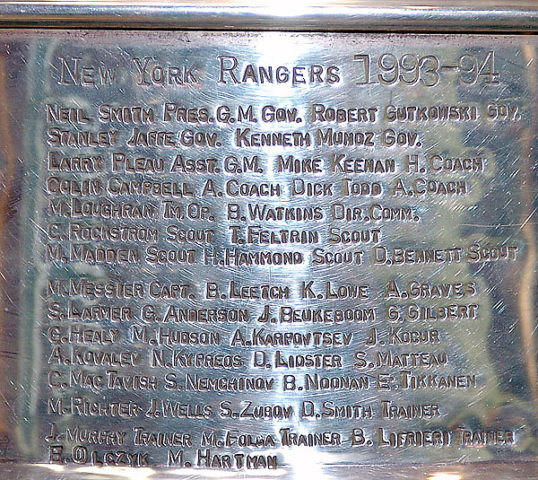
Detroit’s Russian stars were also in the process of obliterating that vein of thinking in ’93-’94, with Fedorov winning the Hart Trophy as league MVP with 120 points, Kozlov adding 73 and Konstantinov continuing to establish himself as an elite shutdown defenseman. It was the Rangers’ Russian talent base, however, that reached the top of the championship mountain first – and they excelled in doing so under the white-hot media spotlight of New York and with the ghosts of the club’s past playoff failures along for the ride.
If the Red Wings showed that the world-class talent of former Soviet players could translate to NHL stardom, it was the Rangers that established that those men could be Stanley Cup champions, fully committed to and focused on the grueling run to the chalice. There was an important side benefit to that – it helped to humanize Russian players, with the Cold War having come to an end just three years earlier.
“In our business whoever wins the Cup is accepted as the benchmark,” Smith said in 2000. “Zubov was a significant part of it, Nemchinov was a role-playing soldier, Kovalev was an untapped talent, and Karpovtsev was a role-playing defenseman. Not only did they contribute, but they were obviously different players and different personalities. On one hand you had Nemchinov, who was almost military in presence, and you had Kovalev, who was Peter Pan.
“We proved you could win with Russians.”
Related: Kovalev and the Rangers: Eventful, Successful and Disappointing
It’s possible those Blueshirts could have done even more on Broadway – more scoring, more winning and perhaps another title. Unlike the Russian Five’s extended time in the Motor City, their Rangers counterparts were, for various reasons, not in for long stays in New York. The trade of Zubov to the Pittsburgh Penguins after the lockout-shortened 1995 season ranks among the worst in franchise history, with Zubov, the power-play master, compiling another 615 points with the Penguins and Dallas Stars in 903 games after leaving the Rangers, en route to Hall of Fame induction in 2019.
Kovalev was for some reason never able to fulfill the long-term promise Smith saw for him in a Blueshirt over parts of nine seasons in two separate stints – yet he did just that for other teams over a 19-season career, exceeding the 70-point mark four times. He remained a dominant postseason performer throughout his career, with 100 points in 123 playoff games.
The Rangers did get the best out of Nemchinov over nearly six seasons, and Karpovtsev, save for his outstanding ’98-’99 performance for the Leafs, was largely a journeyman after leaving New York. The Rangers’ early Russian connection proved to be mostly about their parts in one season, the most consequential in franchise history.

The foursome, though, validated Smith’s adoption of the Wings’ approach in New York, a forward-looking faith in a new source of talent – with three of those Russian Rangers being acquired with low-round draft picks and a minor trade, very similar to the way Detroit had done it. Only Kovalev was a first-round pick, and his 21 points in 23 games of the 1994 postseason, on his way to New York sports immortality with his teammates, more than justifies his high selection.
Days of Late-Round, Hall-of-Fame Draft Picks Are Gone
Those kinds of steals in the talent procurement arena now represent a bygone era.
“It can’t happen again because guys like Lidstrom and Fedorov, now they go in the top five,” said former Wings GM Ken Holland, who after succeeding Devellano (and co-GM Scotty Bowman) in 1997, further nurtured the organization’s game-changing personnel philosophy to yield Russian Pavel Datsyuk in the sixth round in 1998, Swede Henrik Zetterberg in the seventh the next year – and another Stanley Cup in 2008.
“It’s a different time. You can’t have those kinds of drafts. You can still get three, four or five players out of a draft, but you’re not going to get two Hall of Famers and a bunch of people who will play in 1,000 games.”
Holland isn’t completely correct – the Rangers know as well as anyone that late-draft gems can be found, having unearthed future Hall of Fame goaltender Henrik Lundqvist in the seventh round in 2000 – but for the most part, it’s true. Scouting has been revolutionized since those days, in part by the digital age, with few top young talents able to slip under the radar. Front offices tend to draft on long-term potential now, recognizing that minor flaws in a teenager’s game can be fixed.

Perhaps just as significant, the system and attitudes that the Red Wings and Rangers exposed as out of step with the changing times no longer exist. Biases toward the ability of players from certain parts of the world, some of which went hand-in-hand with Cold War tensions and unease about Russians taking jobs away from Canadians and Americans – suspicions that Detroit’s Russian players endured in spades early in their NHL careers – are long gone. The league’s ranks increasingly boast players from across the globe.
That sea change toward a more diverse NHL began with the influx of Eastern European talent in the late 1980s and early 90s. The Red Wings were the first to understand where the league was headed, and the Russian Five played the biggest part, bringing a highly-skilled, pass-heavy, puck-possession style that had never been seen before and has since become the norm for a transformed NHL.
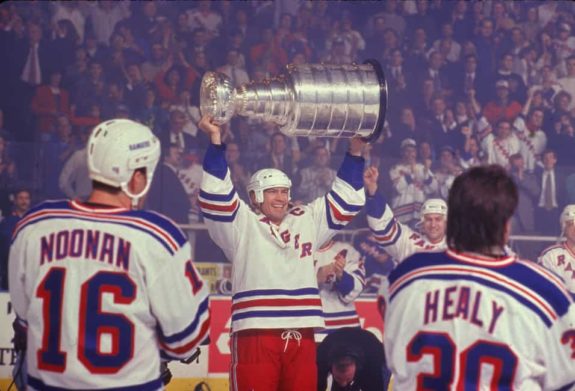
While Detroit has deservedly received credit, its success overshadows that of the Rangers, who were able to benefit from the Wings’ “secret,” thanks to their hiring of Smith to run their personnel department. That decision led to the Blueshirts beating the Red Wings to an important milestone in league history – becoming the first championship team to receive major contributions from Russian players, and consequently putting names from that country on the most renowned trophy in sports for the first time.
